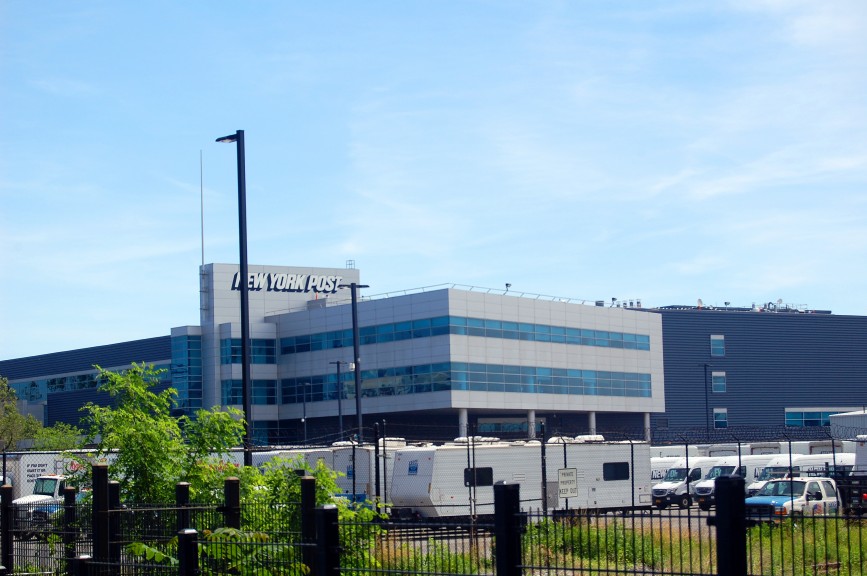[editorskit display=”wordcount” before=”Reading Time: ” after=” min”]
Nearly one year ago, on September 10, 2019, The New York Post published an article with the sort of ambiguous headline that one can only expect from a New York City tabloid newspaper. However, even though we know that the Post churns out memorable headlines and front pages day after day, “Killer hallucinogenic weed found on Upper West Side” was exceptionally fine work.

I remember seeing the article and wondering what kind of “weed” the Post was referring to. Was it a weed growing from the ground or was it a kind of “weed” that had been cultivated and dried in preparation for being smoked? Because it is no small feat these days to make it from your home and back in New York City without having your olfactory senses assaulted by the unsavory smell of potent marijuana – the consumption of which is practically encouraged by state and local elected officials and district attorneys – I found it difficult to discern from the headline what type of weed was at issue. I just had to know, so I clicked the article.
It turned out that The New York Post was referring to an actual killer hallucinogenic weed – the jimson weed. But before getting to the content, the two authors of the piece, Anabel Sosa and Lia Eustachewich, showed that they would not be so disciplined as to avoid succumbing to the temptation to make pot jokes, beginning the article with “Now that’s some potent weed.”
Despite the fact that jimson weed “can be deadly in small amounts” to people and animals (it is notably dangerous to livestock), a thriving specimen had been left undisturbed before it grew “a couple feet high in a plant bed at Columbus Avenue and West 93rd Street…” Only when the unassuming-but-deadly plant was fortuitously spotted by former New York City Parks Commissioner Adrian Benepe was it removed from its cozy plant bed in the middle of a busy street. Mr. Benepe was unsurprised by its peculiar location, however, explaining that “If you just leave bare earth alone in urban environments, these opportunist plants plant.” While we are fond of opportunist plants here at The New Leaf Journal, we are onboard with ridding the City of ones that can be described as having the ability to turn people into “zombies.”
The article informs us that “area residents fumed that the plant was allowed to grow undisturbed in the first place.” I will add to their concerns one year out by noting that if a large plant able to “cause[] hallucinations and euphoria,” not to mention death, was allowed to prosper undisturbed until it grew a couple of feet tall and wide, what would happen now that New York City is less diligent than it has been in a long while at managing plant-related issues?
Now in the tail end of the Wuhan coronavirus outbreak in New York City, residents of the Upper West Side have had bigger problems than hallucinogenic weeds taking root, such as the City’s unilateral decision in July and August to turn expensive hotels in the neighborhood into homeless shelters, without any community input and in some cases, contrary to state and city law. In hindsight, killer hallucinogenic weeds with the potential to turn the curious and children into walking zombies seems so quaint, a problem from the halcyon days.
With all that being said, I must conclude by again giving credit to the New York Post for some outstanding headline writing. I dare say that no one made an article about a weed so inviting through a simple headline.